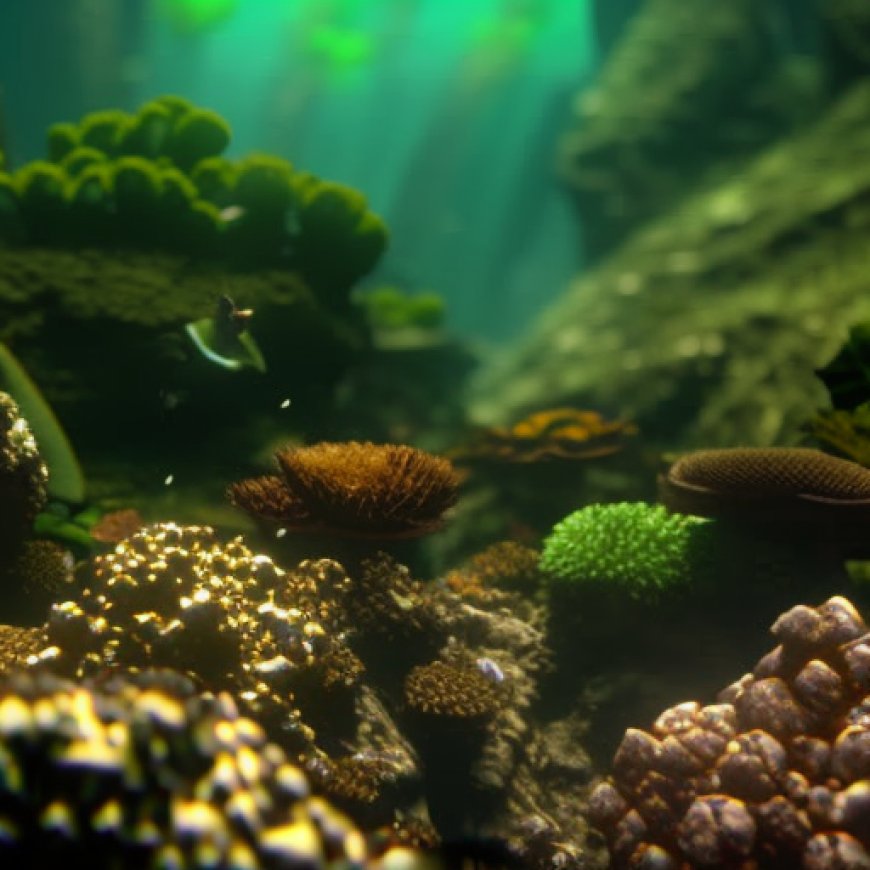Tropical Forest and Coral Reef Conservation Act



TFCCA improves livelihoods, protects nature and fosters democracy
This report highlights the significant advantages of the Tropical Forest Conservation and Climate Act (TFCCA) at the local, national, and global levels. The TFCCA plays a crucial role in achieving the Sustainable Development Goals (SDGs) by promoting sustainable practices and conservation efforts.
Local Level Benefits
- Communities experience increased income from ecotourism, healthier fisheries, and sustainable harvesting of non-timber forest products like natural latex.
- Efforts to combat wildlife poaching and illegal logging contribute to safer communities by reducing crime rates.
National Level Benefits
- TFCCA grants provided to local communities and conservation groups help strengthen civil society and foster public-private partnerships in developing countries.
- These partnerships support democratic institutions at both local and national scales, promoting transparency and citizen participation.
Global Level Benefits
- TFCCA ensures a steady stream of financing for multi-year projects and programs, which is essential for the success of long-term conservation efforts.
- By protecting tropical forests, TFCCA contributes to global benefits such as regulating rainfall patterns and storing significant amounts of carbon.
- Coral reefs, which are essential habitats for a quarter of all marine animals and many commercially important fish and shellfish species, are also protected through TFCCA.
SDGs, Targets, and Indicators
| SDGs | Targets | Indicators |
|---|---|---|
| SDG 1: No Poverty | 1.4: By 2030, ensure that all men and women, in particular the poor and the vulnerable, have equal rights to economic resources, as well as access to basic services, ownership, and control over land and other forms of property, inheritance, natural resources, appropriate new technology, and financial services, including microfinance. | Not mentioned in the article. |
| SDG 8: Decent Work and Economic Growth | 8.9: By 2030, devise and implement policies to promote sustainable tourism that creates jobs and promotes local culture and products. | Increased income from ecotourism mentioned in the article. |
| SDG 11: Sustainable Cities and Communities | 11.4: Strengthen efforts to protect and safeguard the world’s cultural and natural heritage. | Efforts to stop wildlife poaching and illegal logging mentioned in the article. |
| SDG 13: Climate Action | 13.3: Improve education, awareness-raising, and human and institutional capacity on climate change mitigation, adaptation, impact reduction, and early warning. | Not mentioned in the article. |
| SDG 14: Life Below Water | 14.2: By 2020, sustainably manage and protect marine and coastal ecosystems to avoid significant adverse impacts, including by strengthening their resilience and take action for their restoration in order to achieve healthy and productive oceans. | Not mentioned in the article. |
| SDG 15: Life on Land | 15.1: By 2020, ensure the conservation, restoration, and sustainable use of terrestrial and inland freshwater ecosystems and their services, in particular forests, wetlands, mountains, and drylands, in line with obligations under international agreements. | Protecting tropical forests mentioned in the article. |
| SDG 16: Peace, Justice, and Strong Institutions | 16.6: Develop effective, accountable, and transparent institutions at all levels. | Strengthening civil society and building public-private partnerships mentioned in the article. |
Source: nature.org








